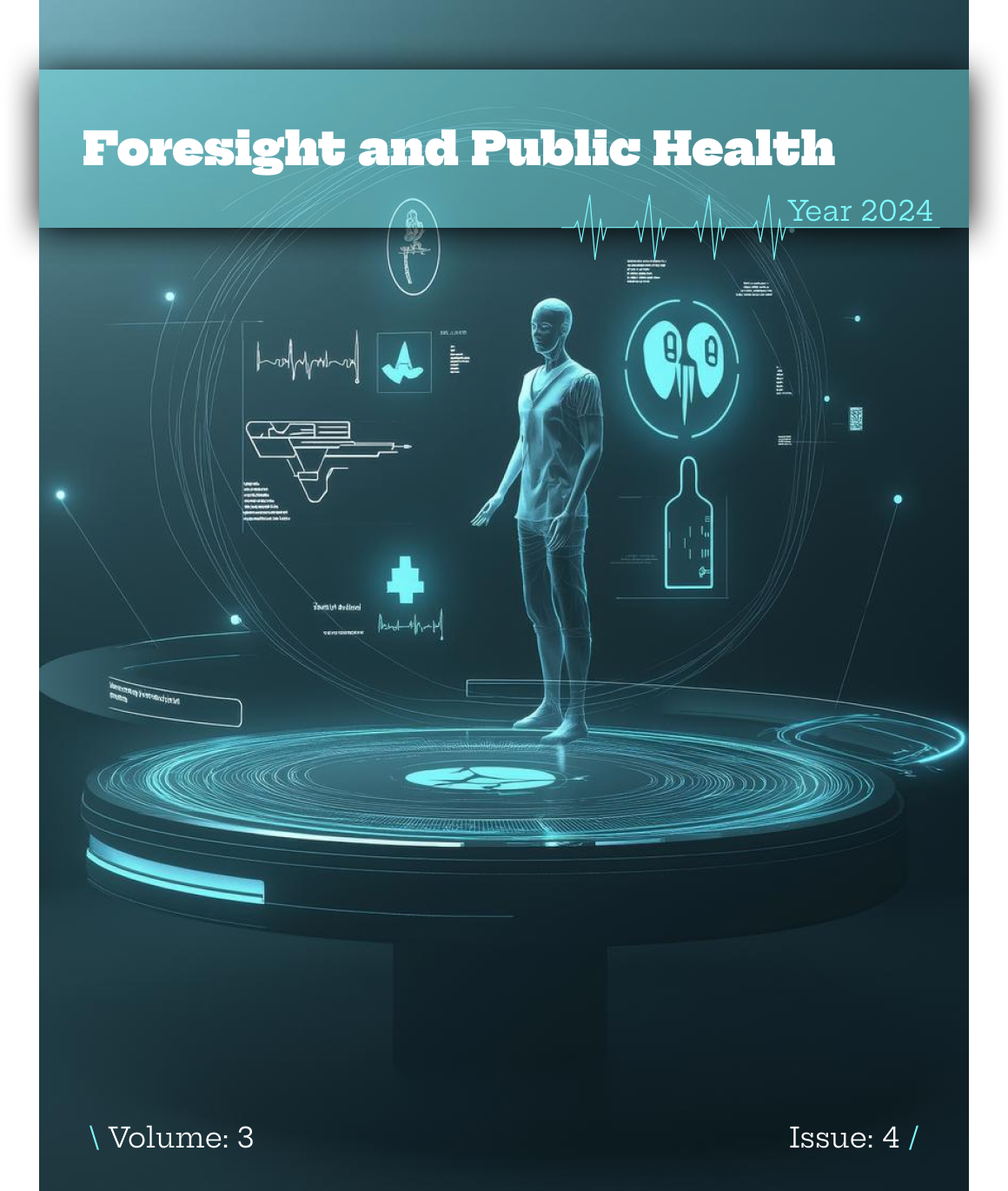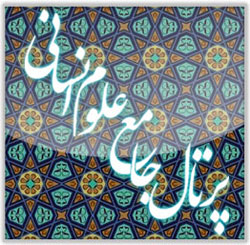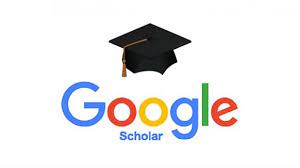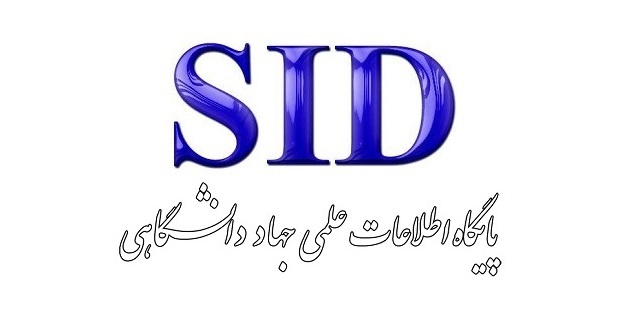Developing a Policy Model for the Promotion of Grassroots Sports in Iran with an Emphasis on Leisure Management and Student Talent Identification
Keywords:
Leisure time, students, sports talent identification, sports management, talent managementAbstract
The purpose of this study was to design a model for sports talent identification among students aged 8–12 years based on the utilization of leisure time. The present study is applied in terms of purpose. Regarding data collection and information gathering, it is classified as a field study, and the implementation method follows a mixed (qualitative–quantitative) approach. The qualitative statistical population consisted of university faculty members in the field of sports management—particularly experts in leisure studies—physical education teachers, and specialists in sports talent identification. The sampling method in this section was purposive, continuing until theoretical saturation at 16 participants. The quantitative statistical population consisted of planners and administrators of the Ardabil Department of Education, totaling 3,178 individuals. Using stratified random sampling and Morgan’s table, a sample size of 432 participants was determined, from which 425 valid and unblemished questionnaires were obtained. The data collection instrument was a researcher-developed questionnaire with 61 items measured on a five-point Likert scale. Data analysis was performed using SPSS and LISREL software through structural equation modeling tests. According to the results derived from analyzing the research questions, the contribution of factors influencing the use of leisure time among students aged 8–12 years for sports talent identification included: organizational development and collaboration (57%) as the least influential factor; expansion of social and communicative capacities (72%); establishment of supportive and motivational infrastructures (80%); educational and cultural infrastructures (70%); specific and coherent planning (89%); development and enhancement of relevant human resources (96%) as the most influential factor; and economic policymaking (65%). All research instruments demonstrated acceptable and appropriate levels of model fit.
Downloads
References
Abdollahi, M. H., Sa'atchian, V., & Barzegar, R. (2021). Analysis of Factors Affecting the Enrichment of Female Students' Leisure Time in Mashhad City with an Educational-Sports Approach. Education and Training Quarterly, 37(1), 89-102.
Acheampong, E. Y., Akwaa-Sekyi, E. K., & Frimpong, R. (2024). Identification of sport talents through leisure activity: a pathway for achieving football commercialization. Leisure/Loisir, 1-29. https://doi.org/10.1080/14927713.2024.2420128
Asadollahi, A., Sajjadi Hazaveh, S. H., Nik Aeen, Z., & Zarei, A. (2023). Presenting a Model of Iranian Women's Physical Activity in Leisure Time at Different Life Stages (Scientific Article of the Ministry of Science). Strategic Studies of Sport and Youth, 22(60), 9-32.
Bahmani, H., & Bahmani, M. (2024). Investigating the Deficiencies and Obstacles to Talent Identification in Elementary Students.
Bordbar, G. R. (2015). Factors in Student Sports Talent of Esfahan Payam Noor University, Faculty Tehran Rey].
Darvishi, A. (2018). Designing Models for Talent Identification and Talent Development of Iranian Football.
Dostdari, S., Sajjadi, S. H., & Ashraf Ganjouei, F. (2016). Develop talent identification parameters for football. Sport Management Studies, 8(35), 17-32.
Esmaeili, M., Shirvani, T., Rezaei, S. a.-D., & Afshari, M. (2022). Designing a Pathology Model for Leisure Time Planning with a Physical Activity Approach in Tehran Province. Journal of Strategic Studies of Sport and Youth, 21(56), 275-294.
Farahi, A., Zarif Manesh, H., Faghih Aliabadi, H., & Mazandarani, R. (2014). Developing Core Human Capital Processes by Utilizing the Gap Analysis Technique. Human Resource Management Research, 1(3), 115-138.
Faridniya, H., Hatefi Afshar, L., & Dehghan Ghahfarokhi, A. (2024). Identifying effective factors in sport talent identification in elementary school students (with championship approach for the future). Research on Educational Sport, 12(34), 113-132.
Hopwood, M., Clare, M., Damian, F., & Joseph, B. (2014). The family portrait as an indicator of sporting talent. ASPIRE TID Conference Schedule, Doha, Qatar.
Jacob, A. (2014). Assets and modes of identification and development of talented student athletes in selected sport disciplines in Kenyan universitities.
Karami, N., Hami, M., Shojaei, V., & Safania, A. M. (2024). Sports Talent Management, Health, Talent Management, Sports Management. Clinical Excellence Journal, 13(4), 25-37.
Lee, S. Y. (2015). Civic education as a means of talent dissemination for gifted students. Asia Pacific Education Review, 16(2), 307-316. https://doi.org/10.1007/s12564-015-9372-y
Li, H., & Zeng, W. (2025). Is Leisure Sedentary Time Associated With Mental Health Issues? Evidence From China Health and Nutrition Survey. Frontiers in Public Health, 13. https://doi.org/10.3389/fpubh.2025.1517830
Memari, Z., Hasanzadeh, S. a., & Pouyandeh Kia, M. (2024). Supply Chain Management: A Process for Optimizing Talent Identification and Nurturing in Sports.
Mortazaeian, M., Mirzazadeh, Z. S., Keshtidar, M., & Talebpour, M. (2022). Presenting a Model for Sports Talent Management in Iranian Students Based on Grounded Theory. Strategic Sociological Studies in Sport, 2(4), 389-400.
Pourabedi, M. R., Zarrabi, V., Sajjadi Naebi, H., & Razi, Z. (2016). Designing a Multi-Dimensional Competency Model for Managers and Employees. Human Resource Management Research, 8(2), 27-52.
Prieto-Ayuso, A., Pastor-Vicedo, J. C., González-Víllora, S., & Fernández-Río, J. (2020). Are physical education lessons suitable for sport talent identification? a systematic review of the literature. Int J Environ Res Public Health., 17(6), 1965. https://doi.org/10.3390/ijerph17061965
Ribeiro, J., Davids, K., Silva, P., Coutinho, B., & Garganta, J. (2021). Talent development in sport requires athlete enrichment: Contemporary insights from a Nonlinear Pedagogy and the athletic skills model. Sports medicine, 51(6), 1115-1122. https://doi.org/10.1007/s40279-021-01437-6
Rommers, N., & Rössler, R. (2019). Innate talent in sport: from theoretical concept to complex reality - comment on Baker & Wattie, Current Issues in Sport Science 4. https://doi.org/10.15203/CISS_2019.106
Saberi, A., & Aminazad, A. (2019). Political Intelligence and Change Management Capability: A Case Study in Women's Sports. Transactions on Data Analysis in Social Science, 1(4), 207-215. https://doi.org/10.47176/TDASS.2019.207
Sefidgar, A., Kheirollahi Meydani, H., & Moharramzadeh, M. (2024). The Impact of Physical Activities Integrated with Game and Gamification on the Quality of Students' Leisure Time (Case Study: Female Secondary School Students of Ardabil City). Journal of tourism and leisure, 9(17), 85-102.
Shahr Sabz, M. (2023). Management of Students' Leisure Time Based on Physical Activities.
Siahaan, A., & Sinulingga, A. (2019). Sport Talent for Junior School in District Silou Kahean, Simalungun Regency. Proceedings of the 1st Unimed International Conference on Sport Science,
Suryadia, L. (2020). Identification of Sport Talents with the Sport Search Methods. Journal of Physics Conference Series, The 5th Hamzanwadi International Conference of Technology and Education,
Tahmasbpour Shafiei, M., Razavi, S. M. H., Amirnejad, S., Doosti, M., & Hosseini, S. E. (2025). Development of a comprehensive football talent identification management model in Iran. Journal of Sports Management, 17(1), 19-44. https://doi.org/10.22059/jsm.2021.311639.2595
Teunissena, J. W., Welle, P., & Faber, P. (2021). Similarities and differences between sports subserving systematic talent transfer and development: The case of paddle sports. Journal of Science and Medicine in Sport, 24, 200-205. https://doi.org/10.1016/j.jsams.2020.09.005
Waffo, B. T., & Hauw, D. (2025). Within Satisfaction and Distress: Characterizing the First Cultural Transition of Young Talented Cameroonian Footballers. Current Issues in Sport Science (Ciss), 10(2), 023. https://doi.org/10.36950/2025.2ciss023
Yazdanparast, S. H., & Badami, R. (2022). Comparison of the development environment of Tennis players of different competitive and social levels (Iranian and Foreign) in terms of training and social support. Journal of Strategic Sociological Studies in Sport, 1(1).
Zareiee Bidsorkhi, A. (2019). Developing a Talent Identification Model in Basketball.
Zhao, J., Xiang, C., Kamalden, T. F. T., Dong, W., Luo, H., & Ismail, N. (2024). Differences and relationships between talent detection, identification, development and selection in sport: A systematic review. Heliyon. https://doi.org/10.1016/j.heliyon.2024.e27543
Downloads
Published
Submitted
Revised
Accepted
Issue
Section
License
Copyright (c) 2025 Houra Sujodi (Author); Mahboub Sheikhalizadeh ; Mehrdad Moharramzadeh (Author)

This work is licensed under a Creative Commons Attribution-NonCommercial 4.0 International License.







